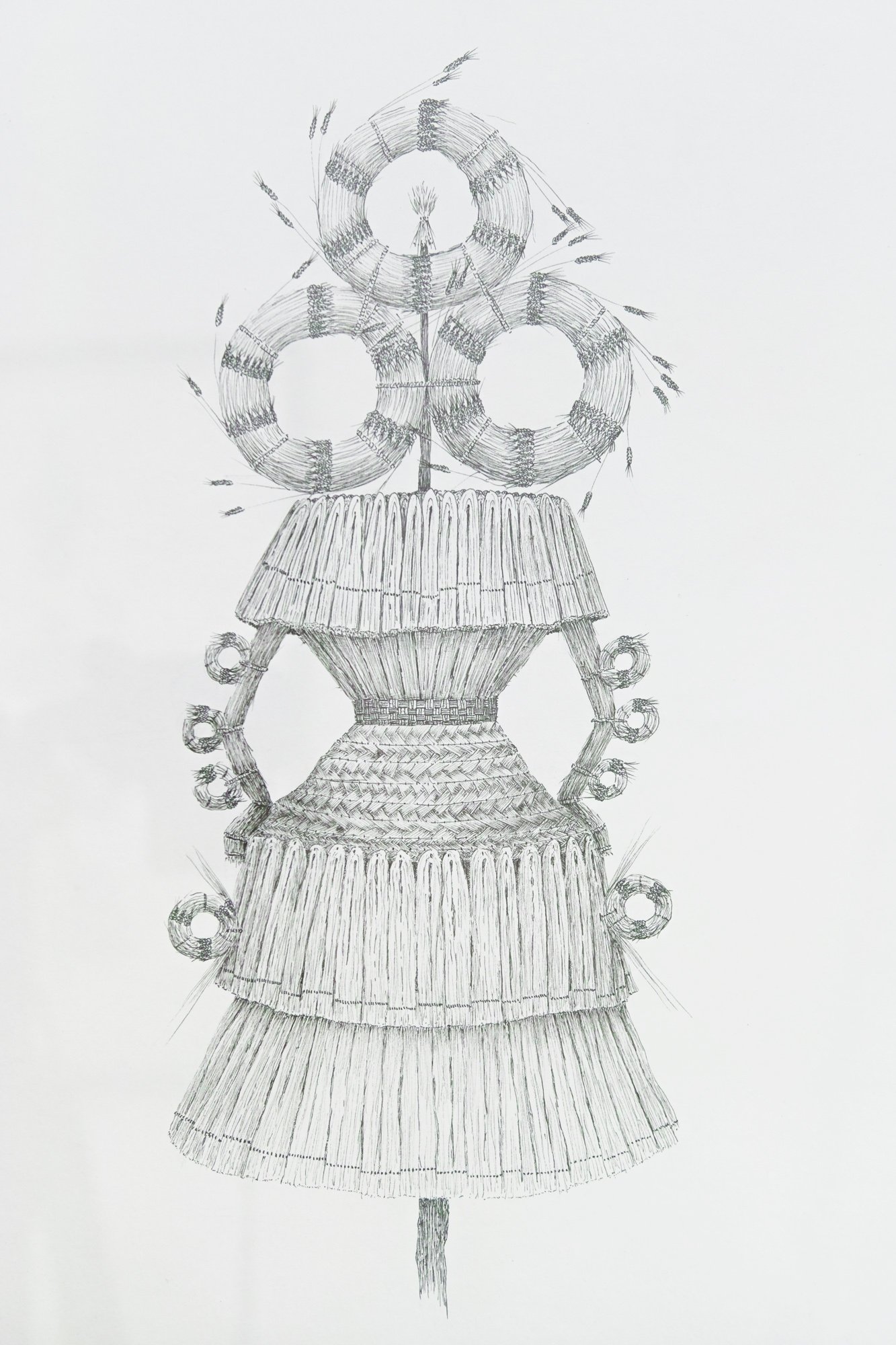
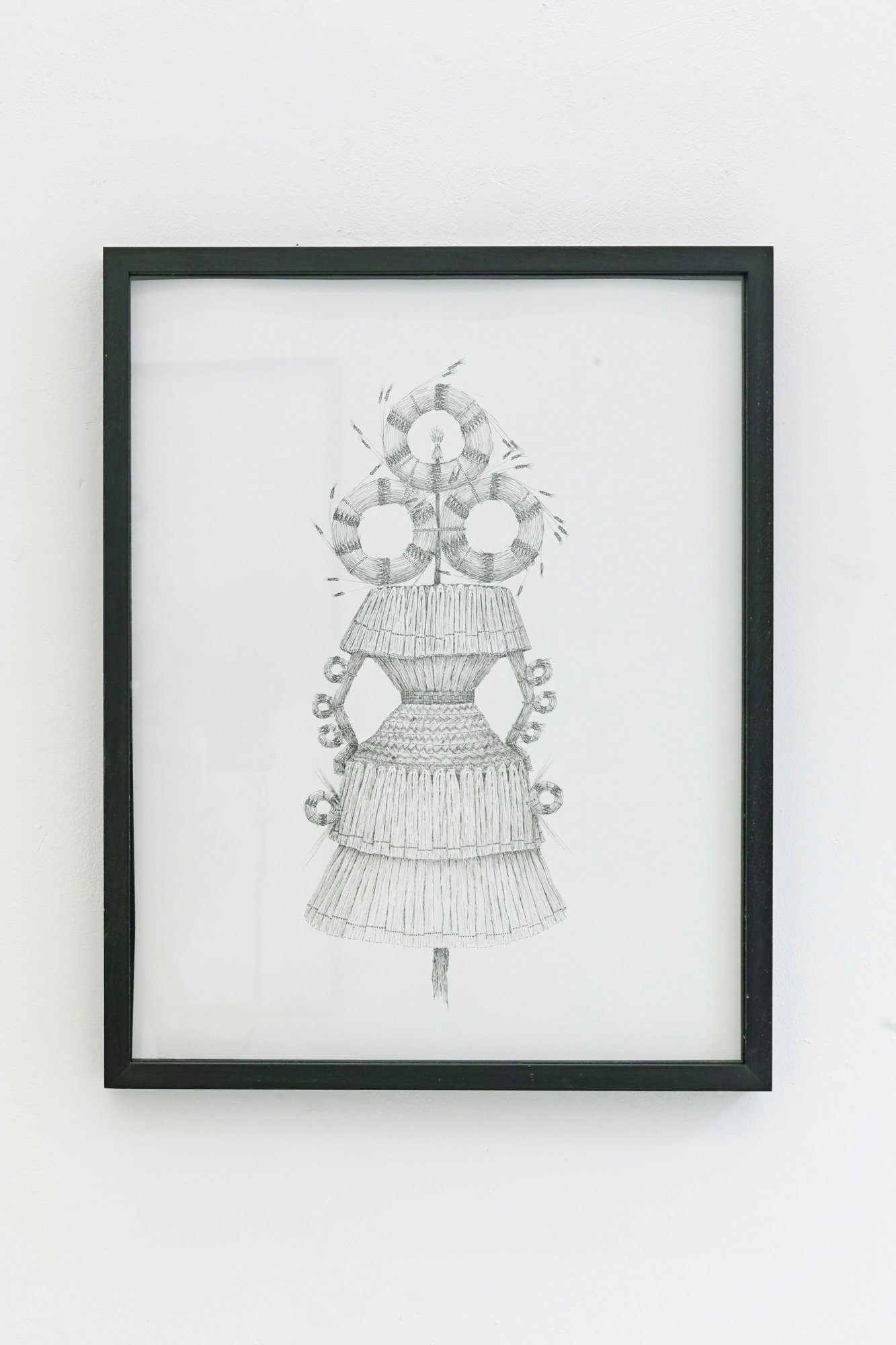
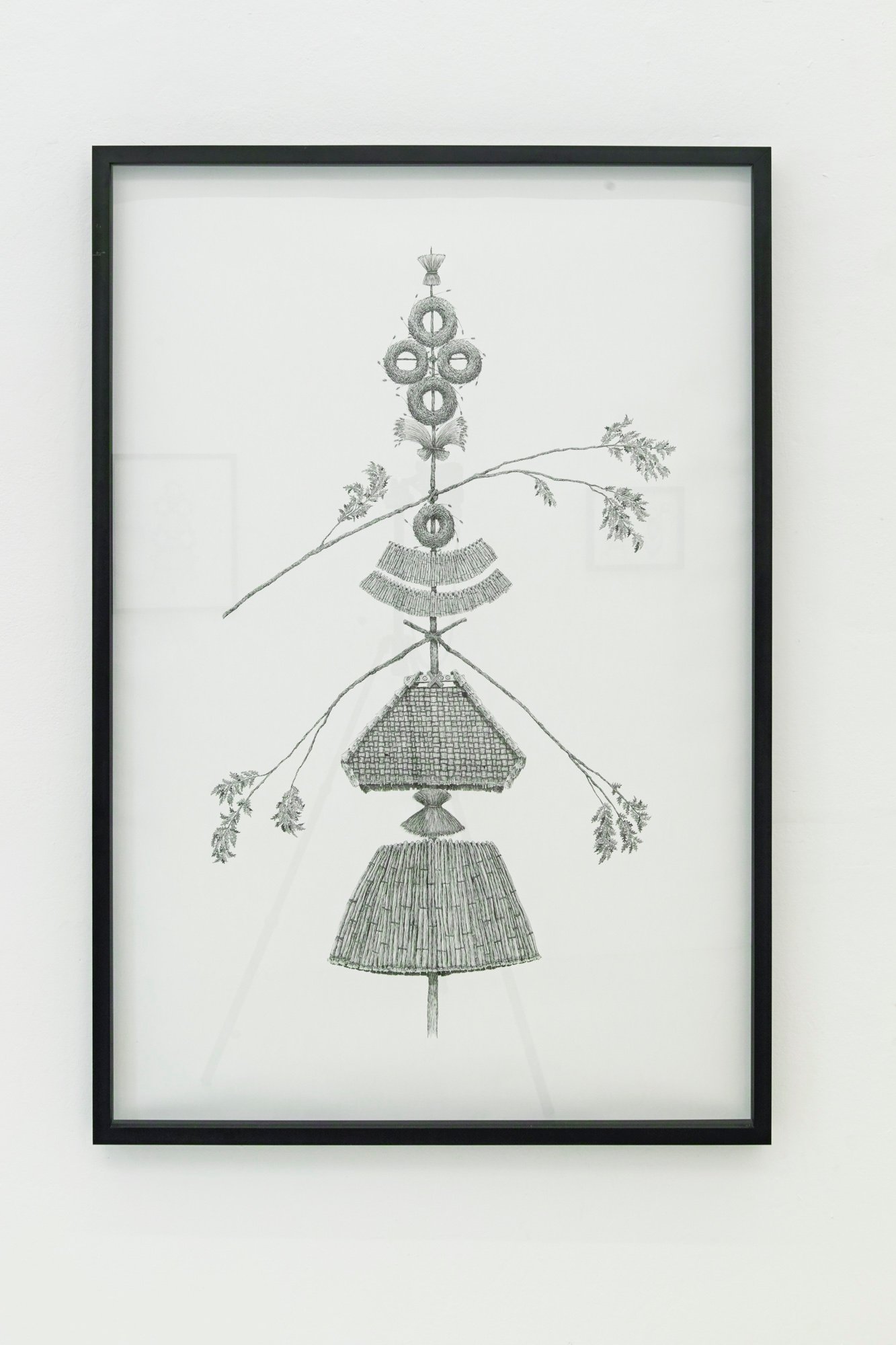
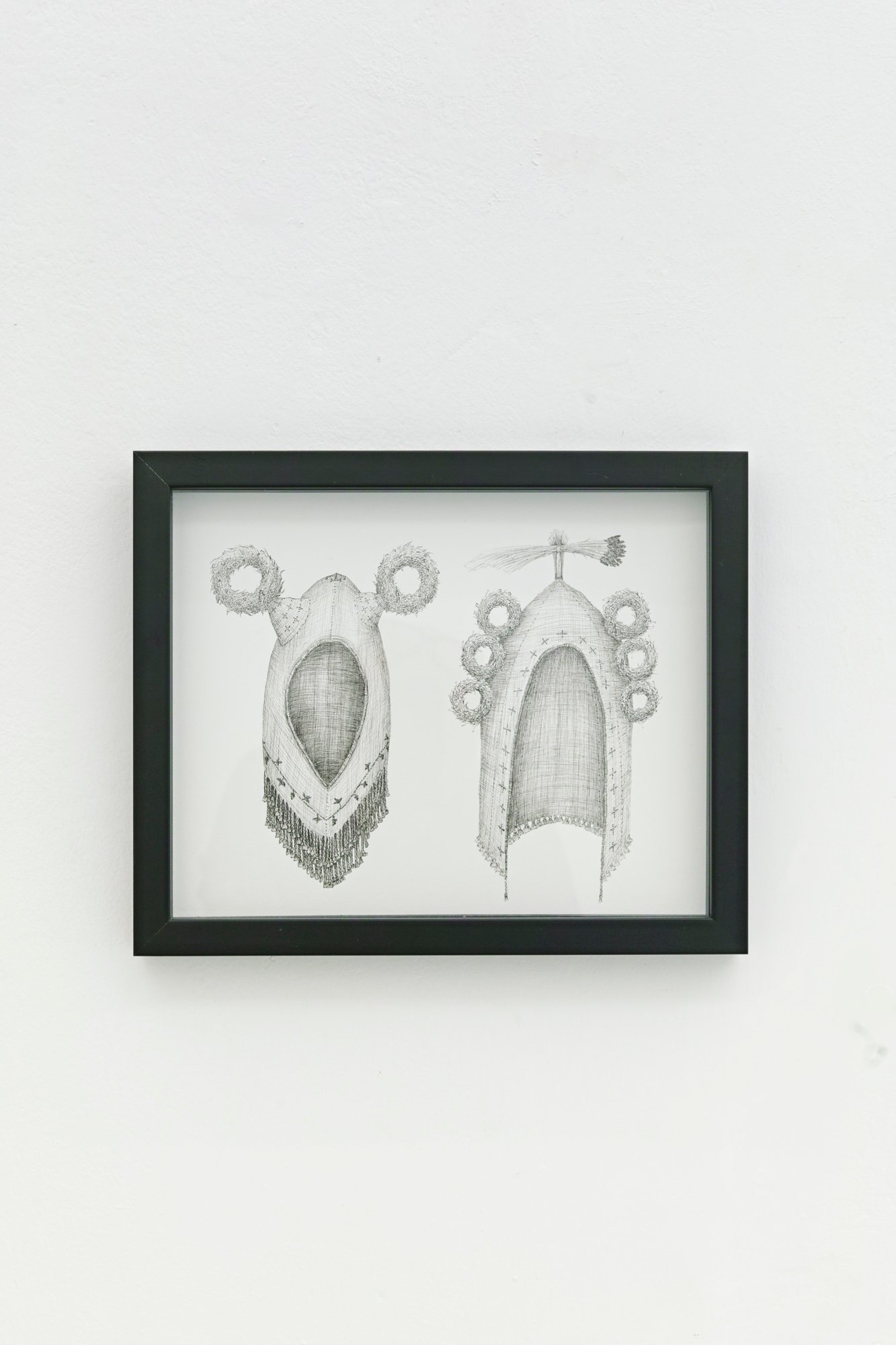
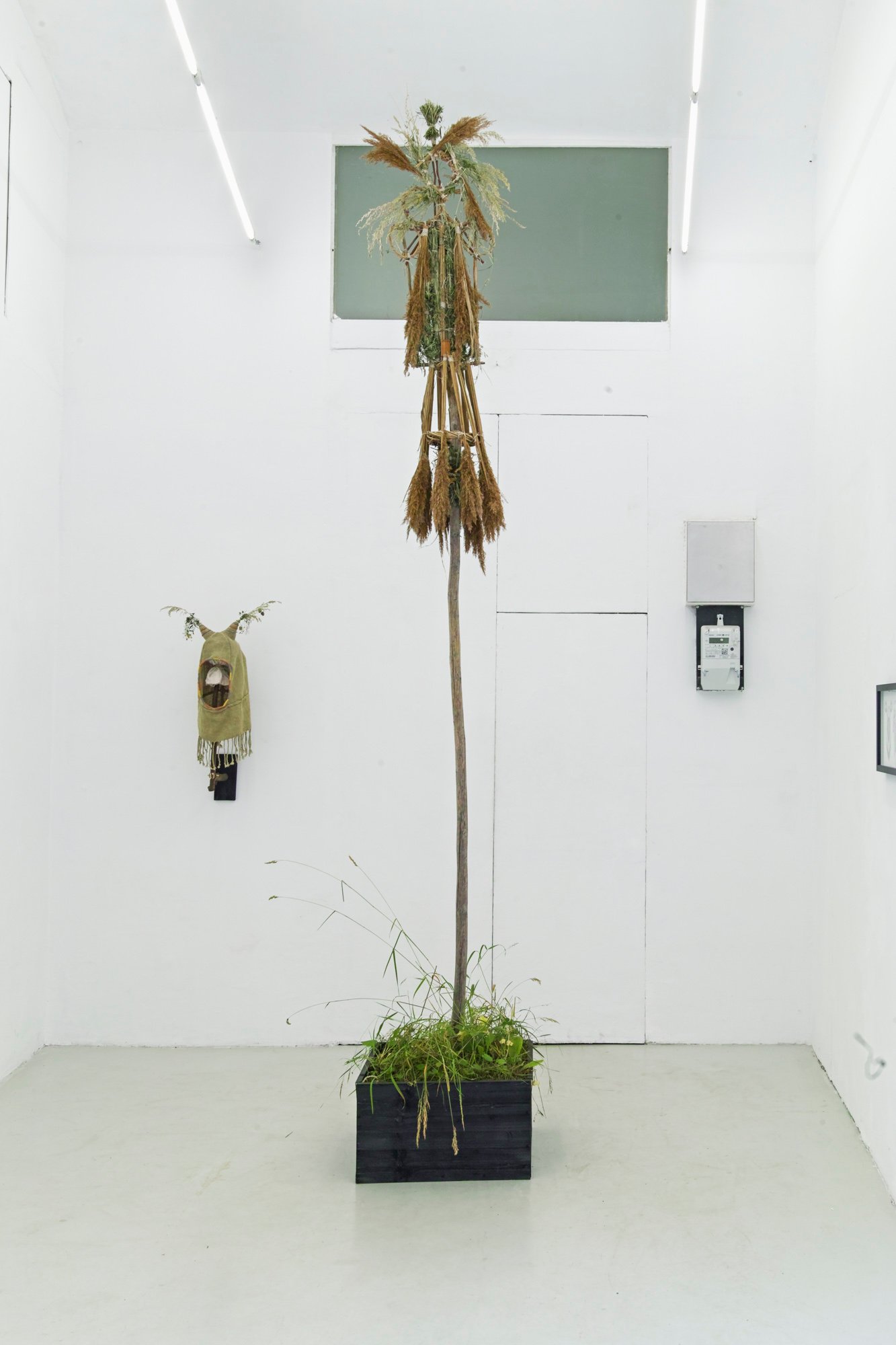
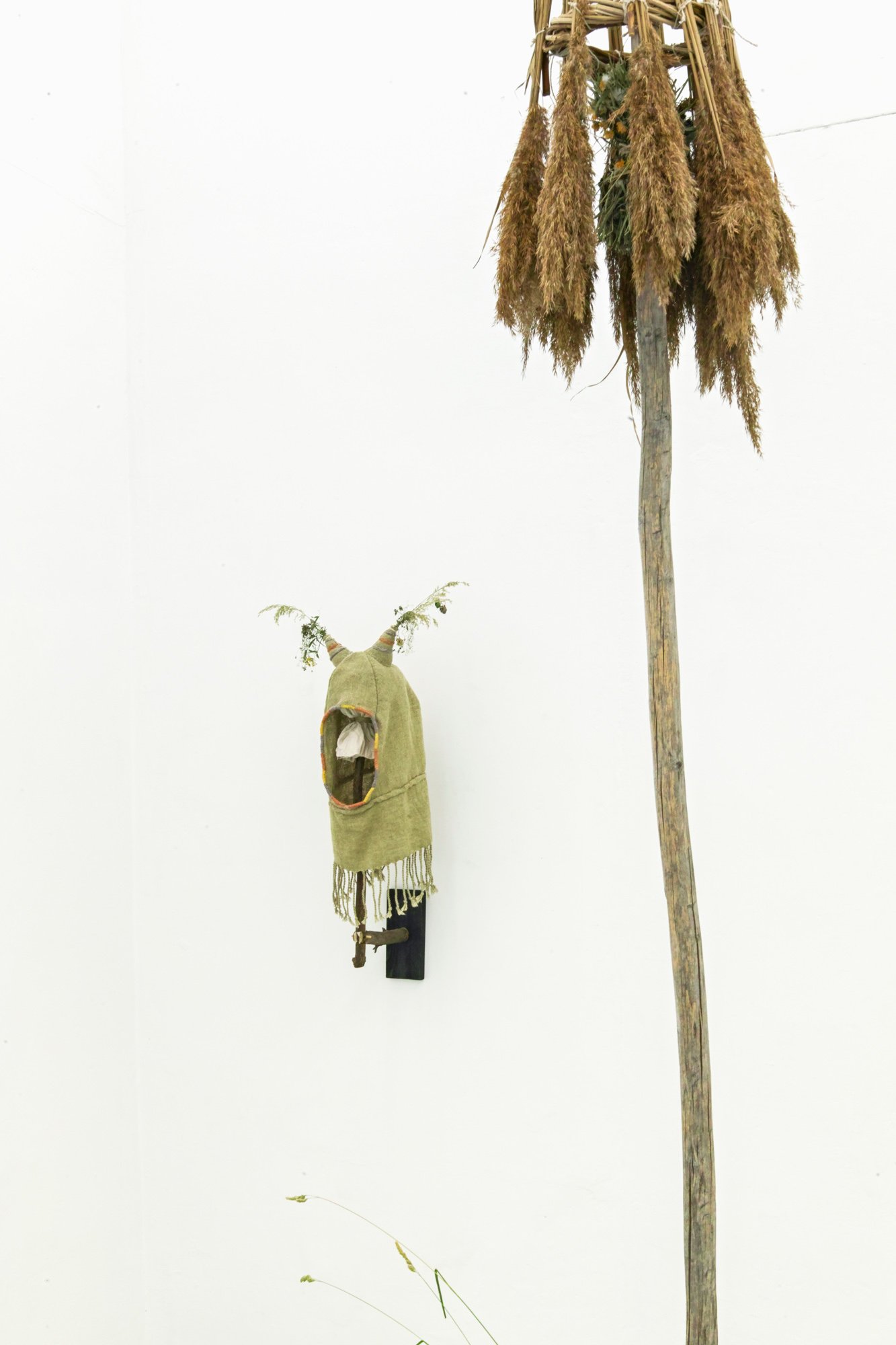
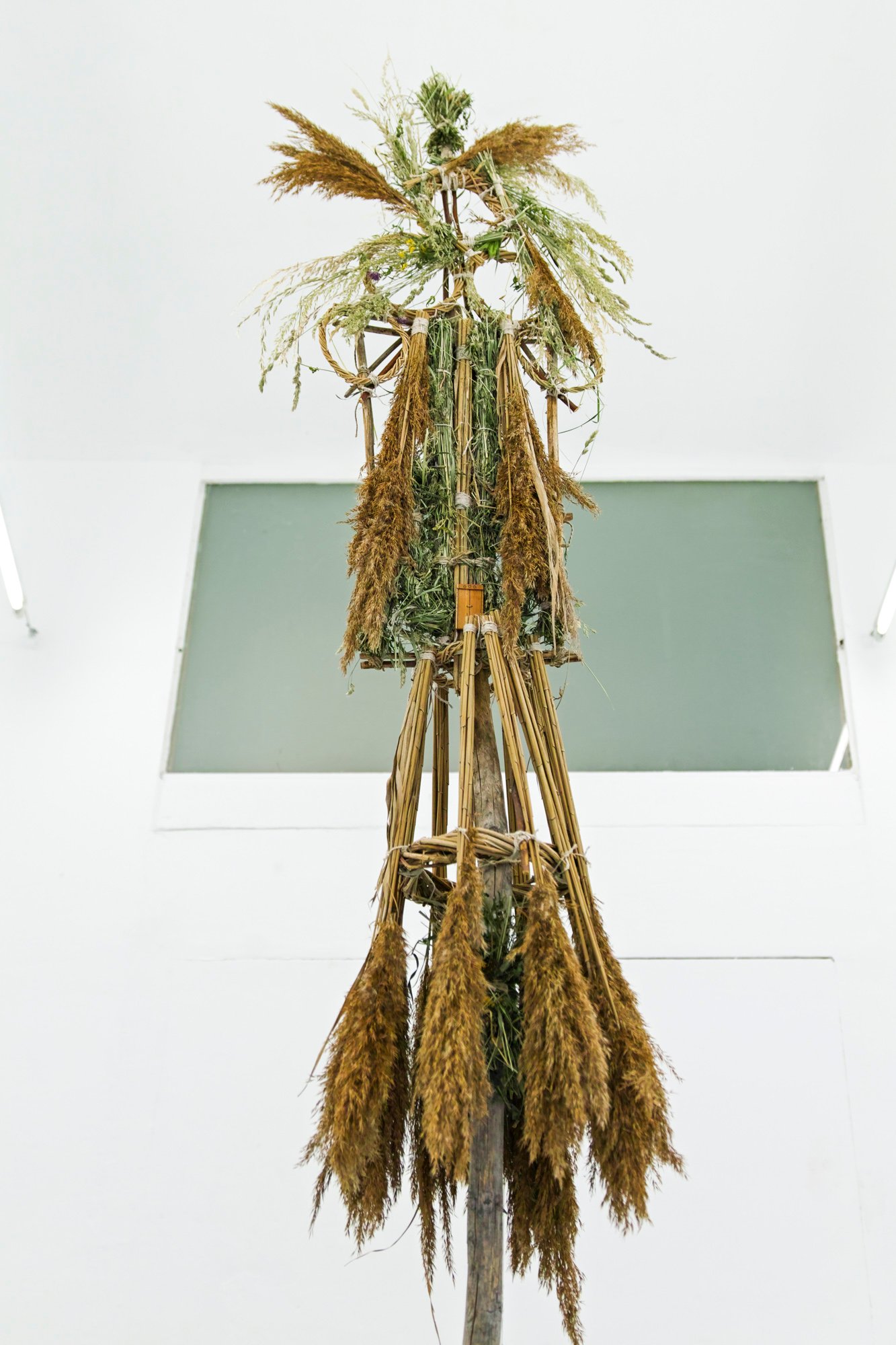
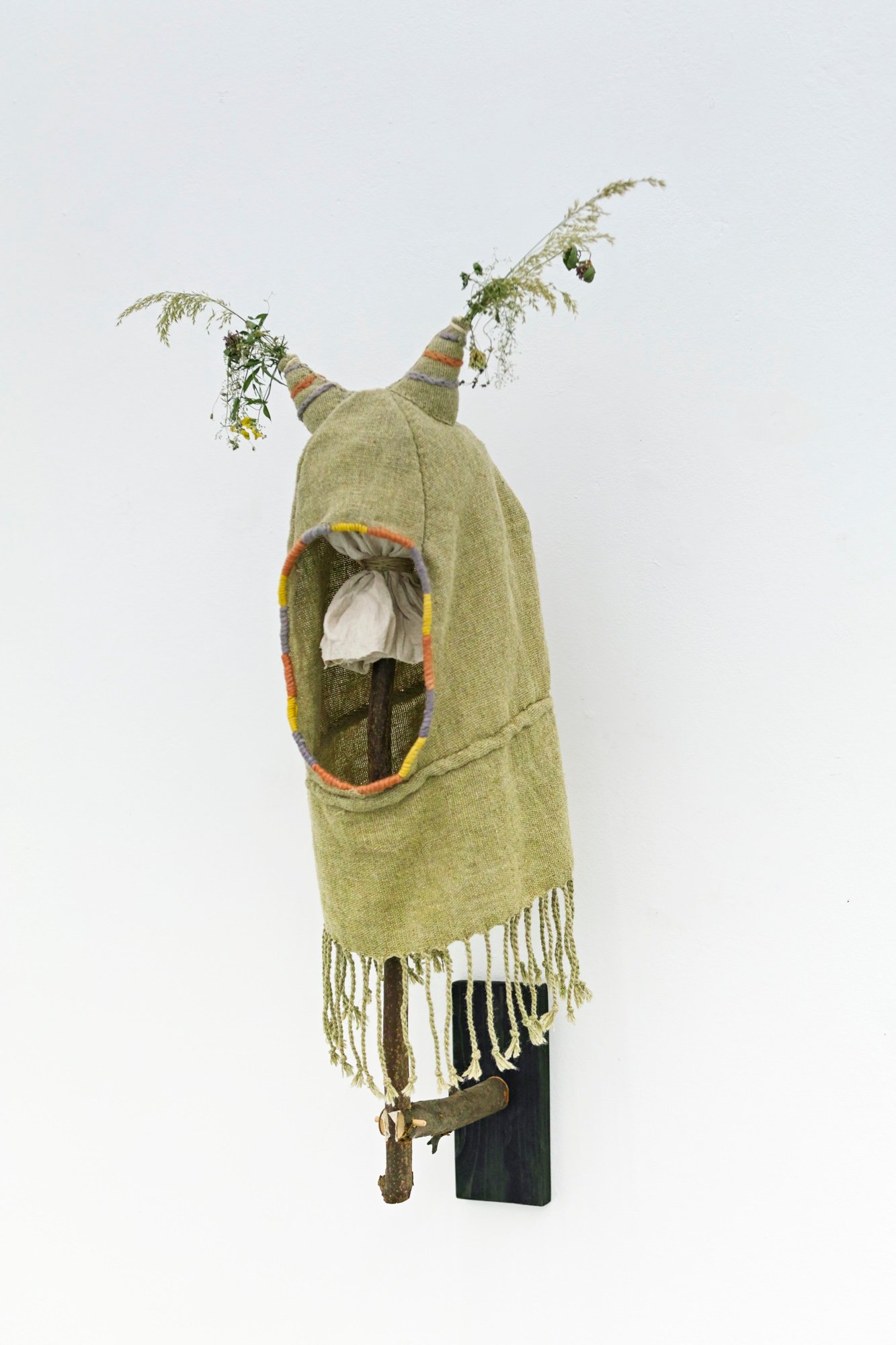
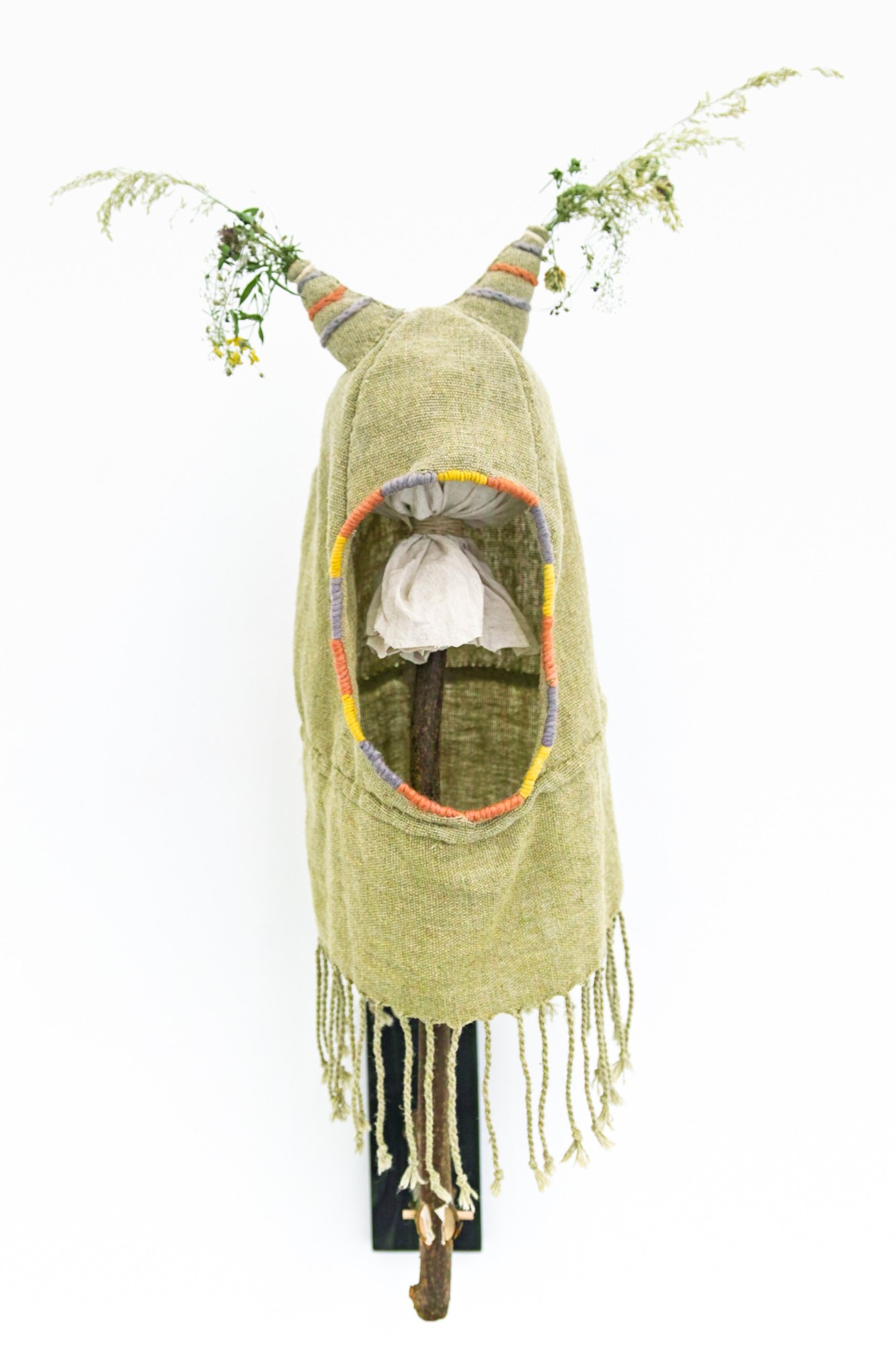
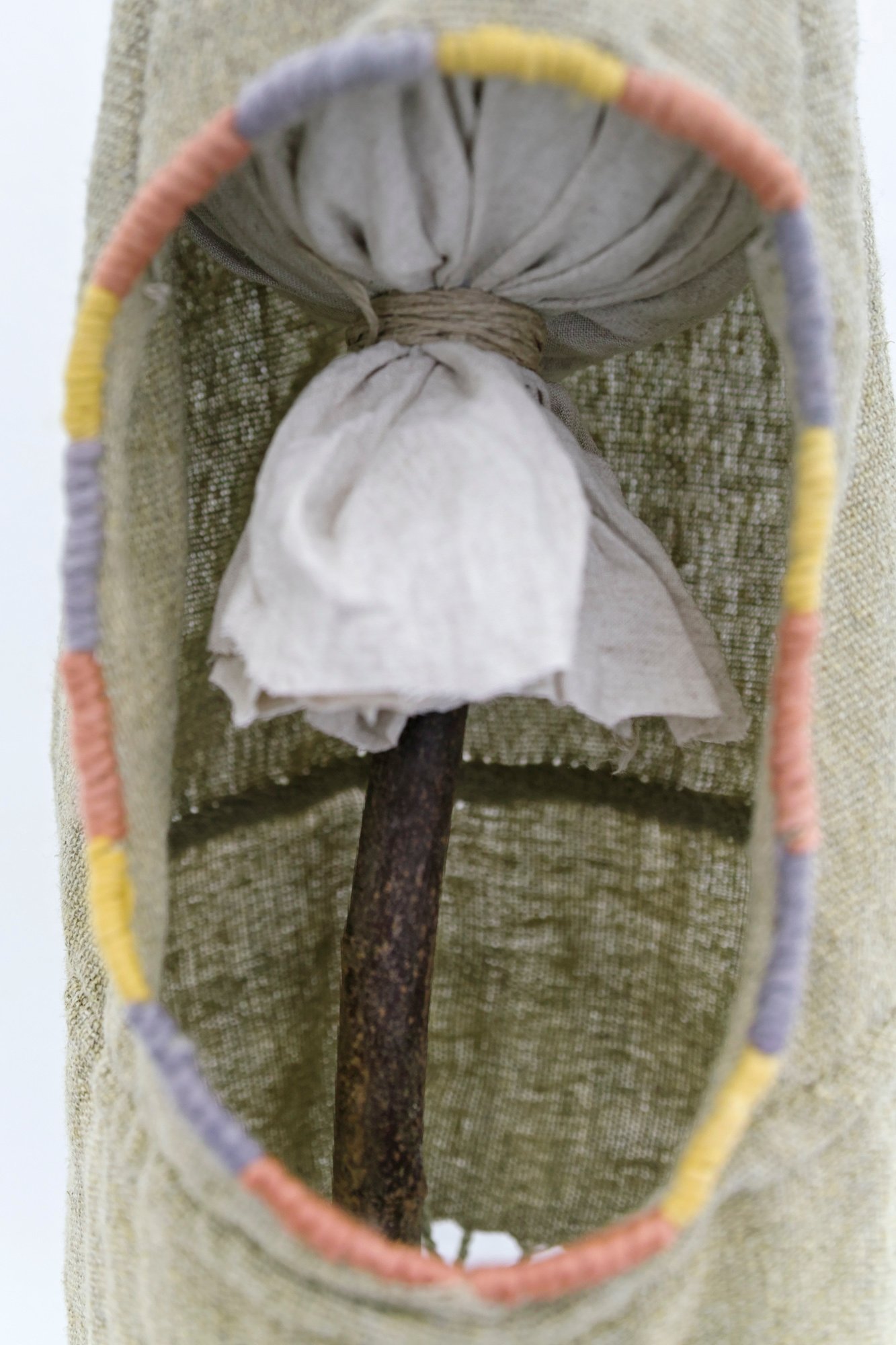
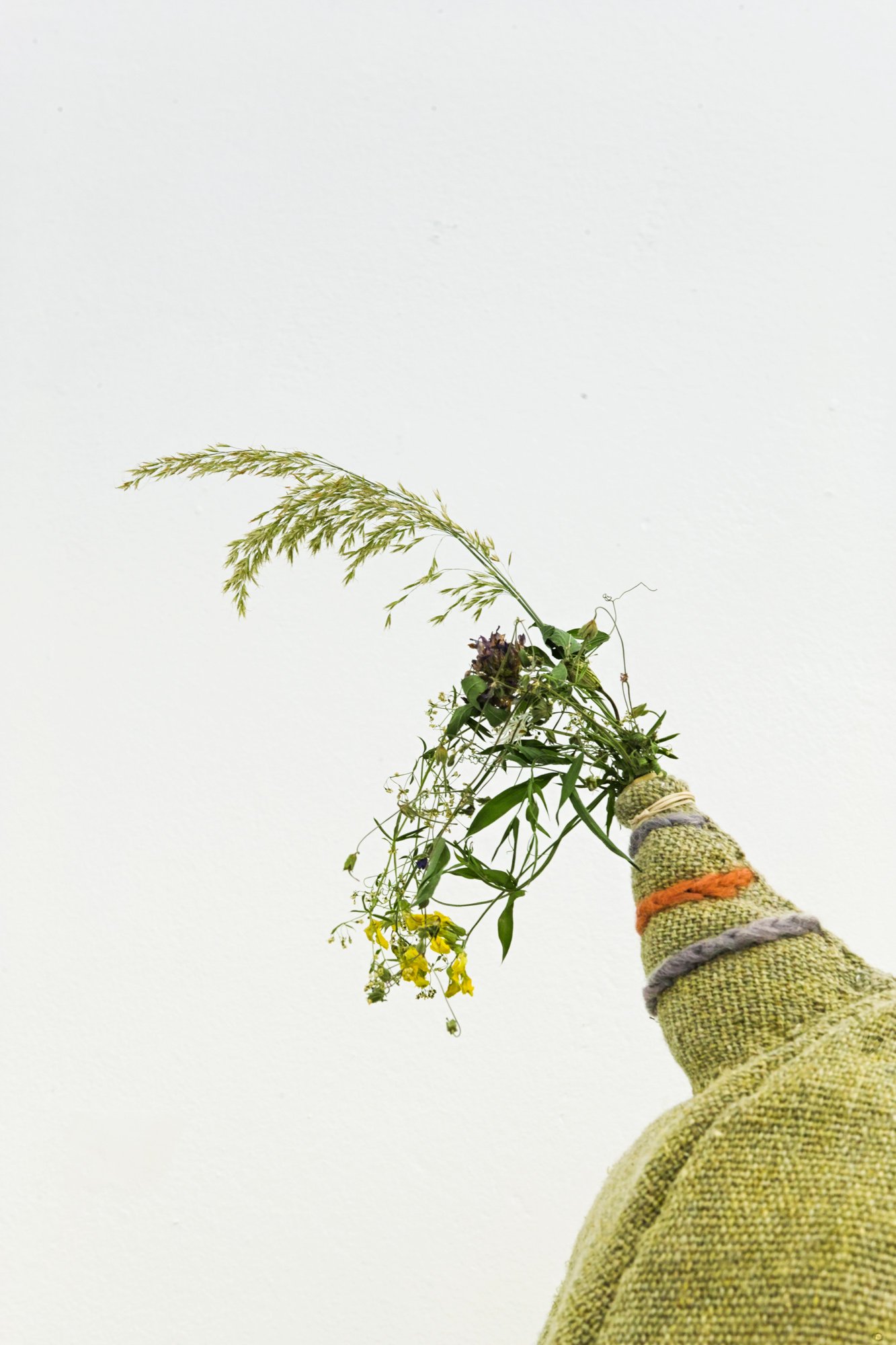
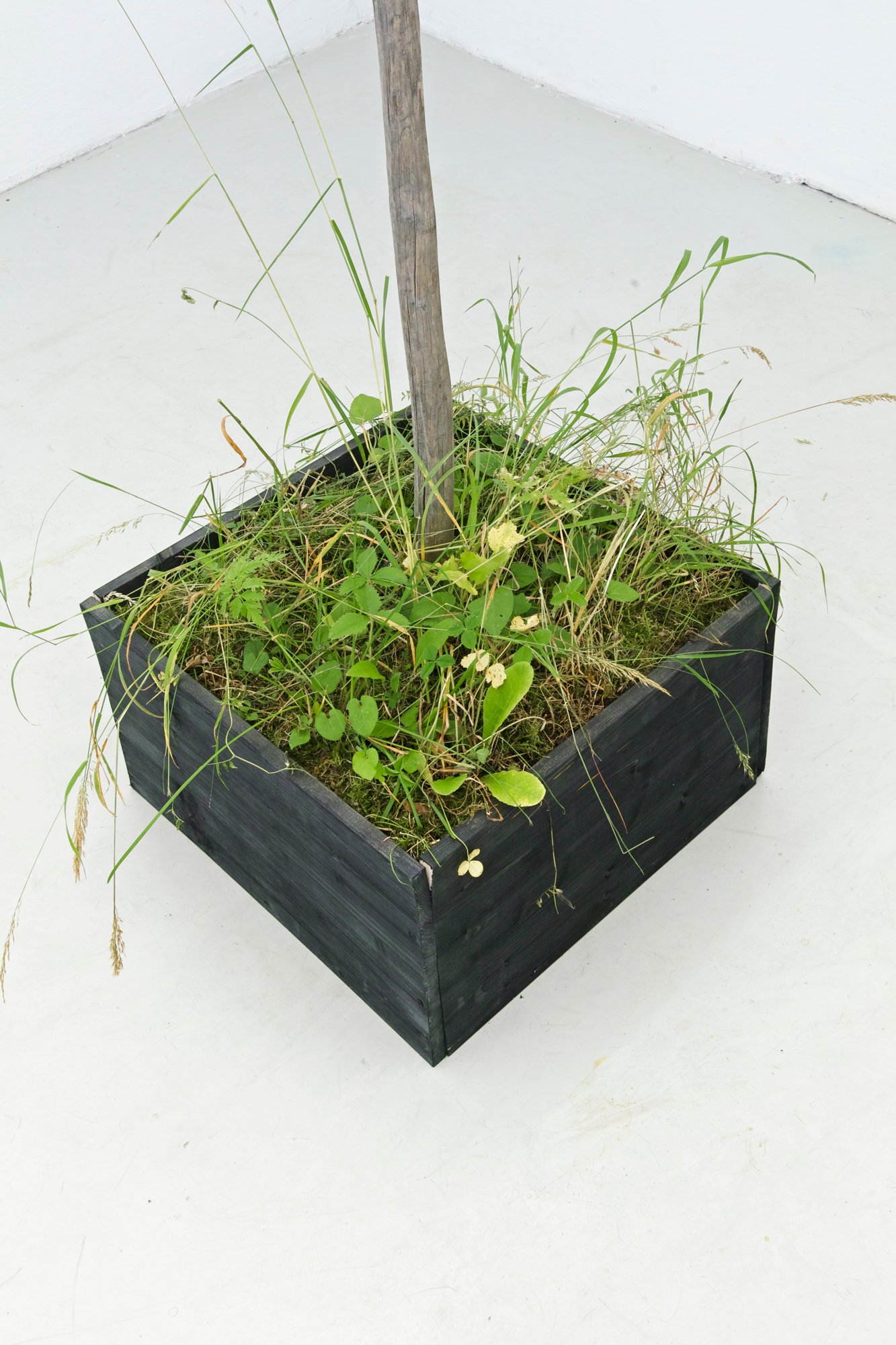
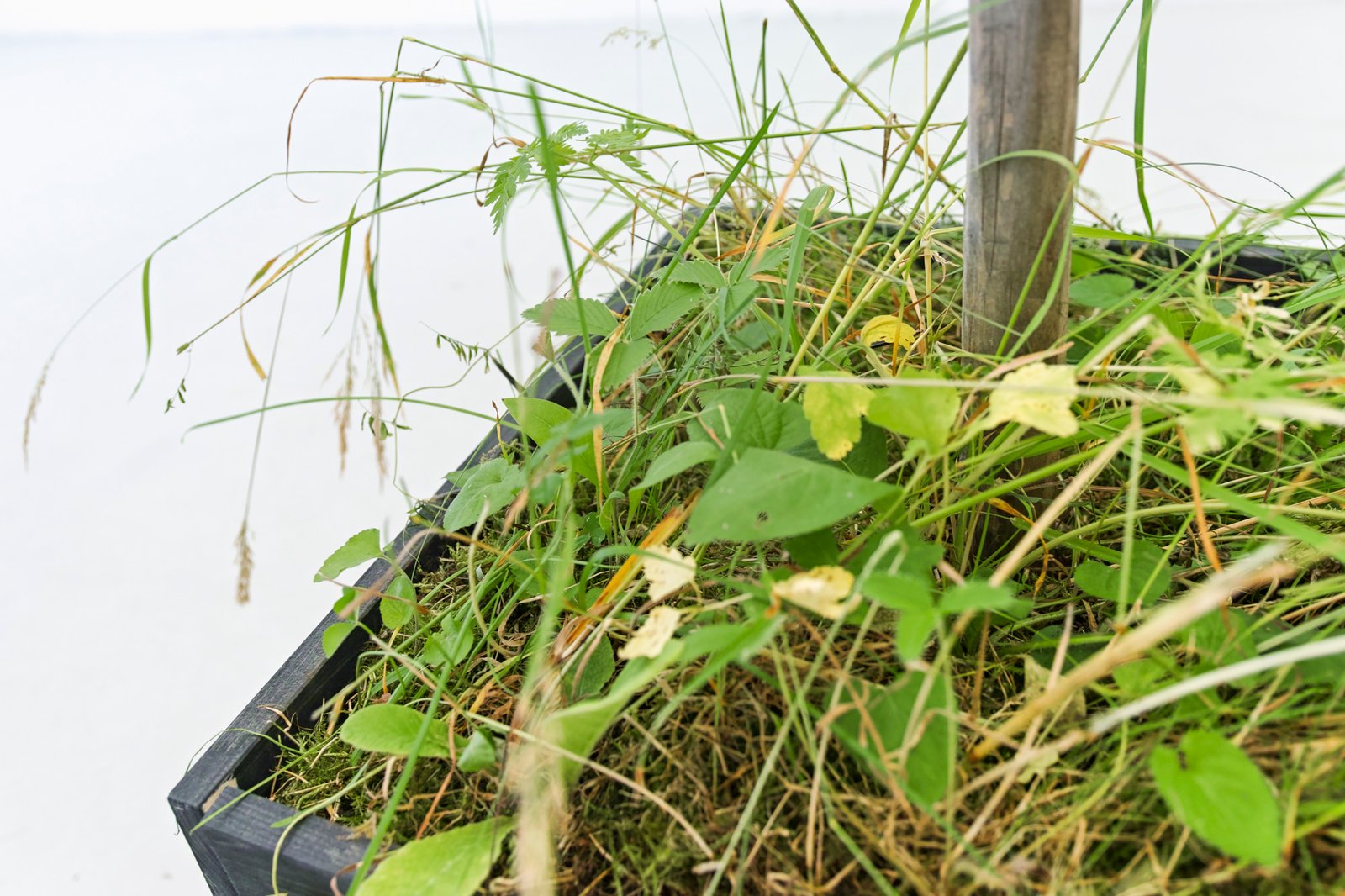
Traces of the Past: Material Memory in Archaeology
by Matthias Hoernes
Traces are all that endure. In archaeology, the past seems to reveal itself through fragments: a pottery sherd, a metal nail, charred seeds, animal bones, or a discolored patch of soil. These materials and materialities are not testimonies but traces forming contemporary, untimely material presences of the past in the present. They are not intentional signals left behind but residual effects of past events or entities, both materially and ontologically. As indexes pointing back to a time long gone, traces embody the central tension of archaeology: the interplay between what remains in the present and the effort to reconstruct the past from it.
Traces are not self-evident. They do not passively archive information waiting to be uncovered. Instead, they demand active engagement and epistemic intervention. Archaeologists must recognize, reveal, and stabilize them. A sherd must be detected in the soil; ancient pollen must be extracted through sieving and flotation; a pit must be discerned in the stratigraphy of the ground. These traces are documented – through photographs, drawings, samples, and reports – and transformed into data. Techniques such as ancient DNA analysis and stable isotope studies make chemical residues meaningful traces of past lives. In this way, archaeologists not only uncover traces but also define and, at times, create them through their interventions.
Traces do not hold inherent meaning. A pottery fragment, a bone bearing cut marks, or a post hole filled with decayed wood does not speak about the past. Their significance emerges only through analysis, interpretation, and contextualization. A nail is just a nail until it is identified as part of a Roman soldier’s hobnailed sandal. A pottery sherd gains meaning when linked to its production site, manufacturing techniques, and intended use. The potential of ancient DNA profiles and stable isotopes is only realised when they are deployed to explore questions relating to past diets and lifestyles, kinship, genealogies, and belonging, or mobilities and environments. Traces unfold in a relational process with our epistemic frameworks. As they emerge from relations, traces remain open-ended, always shaped by contemporary questions, interests, techniques, and methods, setting the past in dialogue with the present.
Traces are fragile, striking a delicate balance between presence and loss. As materials degrade in the ground, they vanish. Excavating a grave might feel like uncovering a time capsule, a snapshot of a burial preserved through time. But how many traces are lost? The textiles that once wrapped the body, the food offerings, the fragrant plants burned as incense, the flowers adorning the deceased – the body itself, a palimpsest of a life lived – may be incomplete, their stories fragmented. Or perhaps the traces are there, but we fail to see them. Archaeology is inherently destructive; excavation consumes the very traces it seeks to study. Are we adequately equipped to handle the non-renewable resources of archaeological sites? How many pasts remain hidden because we fail to detect their ephemeral remnants or to trace the traces?